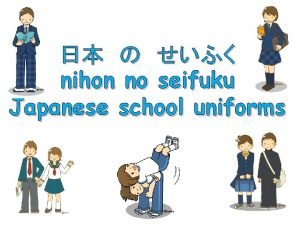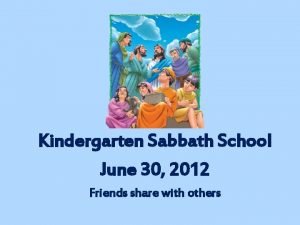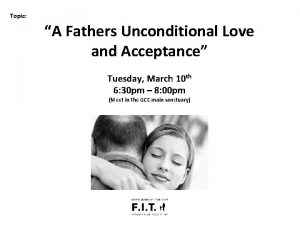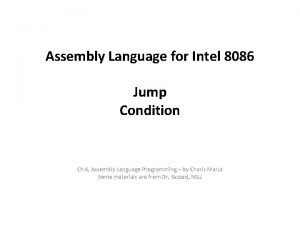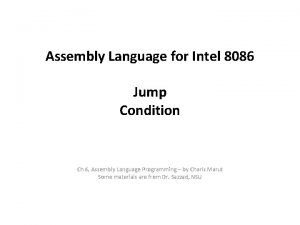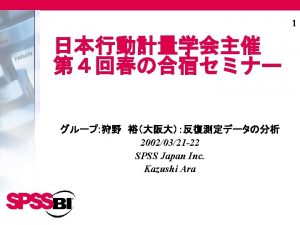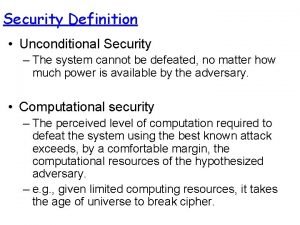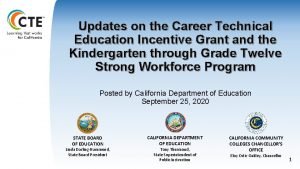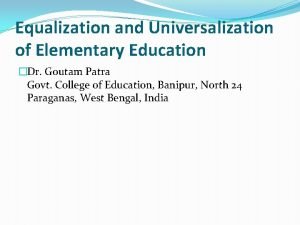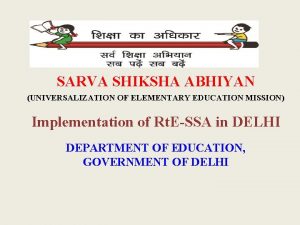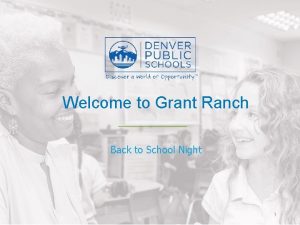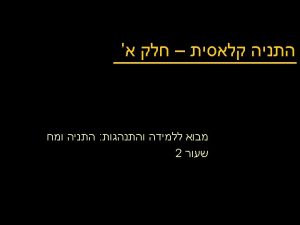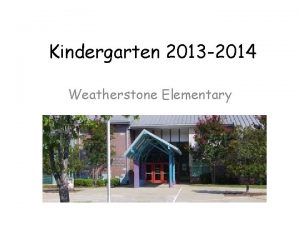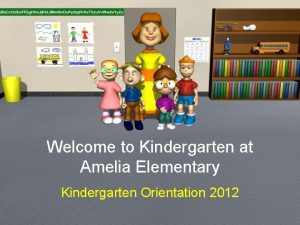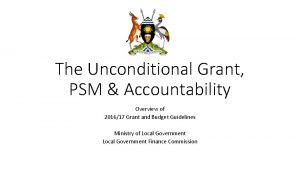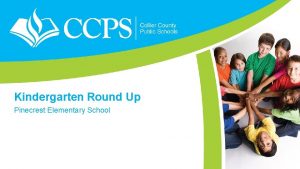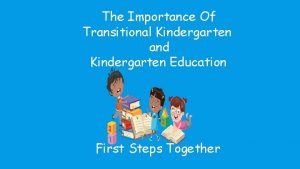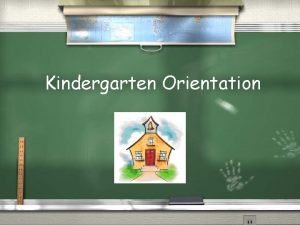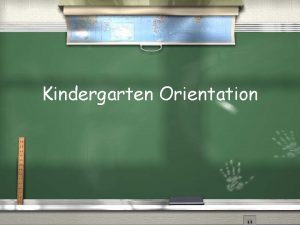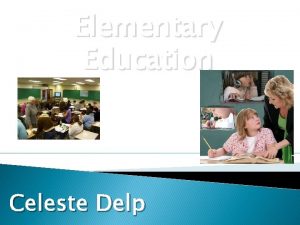UNCONDITIONAL EDUCATION GRANT ELEMENTARY SCHOOL GRANT th Kindergarten


















- Slides: 18

UNCONDITIONAL EDUCATION GRANT ELEMENTARY SCHOOL

GRANT th Kindergarten through 6 ELEMENTAR Y grade 500 students served 89. 9% FRPL 88% Latino, 6% Black 90% English Language Learners

UNCONDITIONA L EDCUATION

WHAT’S DIFFERE NT UNCONDITIONAL EDUCATION TRADITIONAL APPROACH • Services and service providers are siloed and separate • Special Education staff and Clinicians are responsible for providing interventions to students • Students must fall far behind in order to receive extra support • Services and service providers are integrated and coordinated • Expert staff work to build the capacity of the entire community to provide interventions with students • Data-driven progress monitoring is employed to identify students before they fail

ROLE OF THE COACH

• MULTIDISCIPLINAR Y Members use their individual expertise to develop their own answers to a given problem and then come together to formulate a coordinated solution • Members rely solely upon expertise and methods from their own discipline • Members engage in professional development related only to their own discipline TRANSDISCIPLINAR Y • Members work together from the beginning, and collaboratively develop solutions to problems • Members develop and combine methods from multiple disciplines to develop innovative solutions • Members learn from each other and engage in cross-disciplinary learning

COORDINATIO N OF SERVICES

BEFOR E AFTER

COORDINATIO N OF SERVICES “Coordinated" means: Teachers, administrators, and support providers work together to create a common understanding of students' needs, to connect students to appropriate services, and to set goals and track outcomes. Each do their part, avoiding redundancies and gaps in service. TEAM MEMBERS: • Administrators • General Education Teacher • Speech Pathologist • Instructional Coach • Community Providers • • • School Psychologist Family Counselor Academic Interventionist Seneca Coach

COORDINATION OF SERVICES TEAM PROCESS

IMPACT OF COST PROCESS 83% of staff feel knowledgeable about the process to seek student support 70% of staff believe services are coordinated 85% of staff believe the COST team is responsive to student needs 85% of staff believe that student support services are effective

TIER TWO

BEFOR E AFTER

IMPACT OF SCREENE R AND MENTAL HEALTH TEAM Additional 38 students received Tier 2 supports 80% of teachers report that their students received social emotional support 70% of teachers report that students showed growth after behavioral services 92% of teachers report that providers help implement classroom interventions

CUTLTUR E AND CLIMATE

BEFOR E Be Safe Be Respectful Be Responsible Be Ready to Learn AFTER

IMPACT OF PBIS INTERVENTIO NS 80% of staff feel satisfied with community Staff report a score of 4. 04 (out of 5) on school’s focus on behavior Staff report a score of 4. 16 (out of 5) on consistent discipline practices Staff report a score of 4. 25 (out of 5) on positive behavior interventions

THANK YOU!
 Japanese grade school hat
Japanese grade school hat Sabbath school kindergarten
Sabbath school kindergarten Unconditional
Unconditional Unconditional hospitality
Unconditional hospitality Difference between conditional jump and unconditional jump
Difference between conditional jump and unconditional jump Jz instruction in 8086
Jz instruction in 8086 Curzon gateway student accommodation
Curzon gateway student accommodation Unconditional grace
Unconditional grace Unconditional growth model
Unconditional growth model Acceptance must be unconditional
Acceptance must be unconditional Smart recovery abc worksheet
Smart recovery abc worksheet Unconditional security
Unconditional security Conditional and unconditional reflexes
Conditional and unconditional reflexes Unconditional positive regard
Unconditional positive regard Cteig grant
Cteig grant Universalization of elementary education
Universalization of elementary education Role of ssa in universalisation of elementary education
Role of ssa in universalisation of elementary education Susan belgrad
Susan belgrad Grant ranch middle school
Grant ranch middle school
